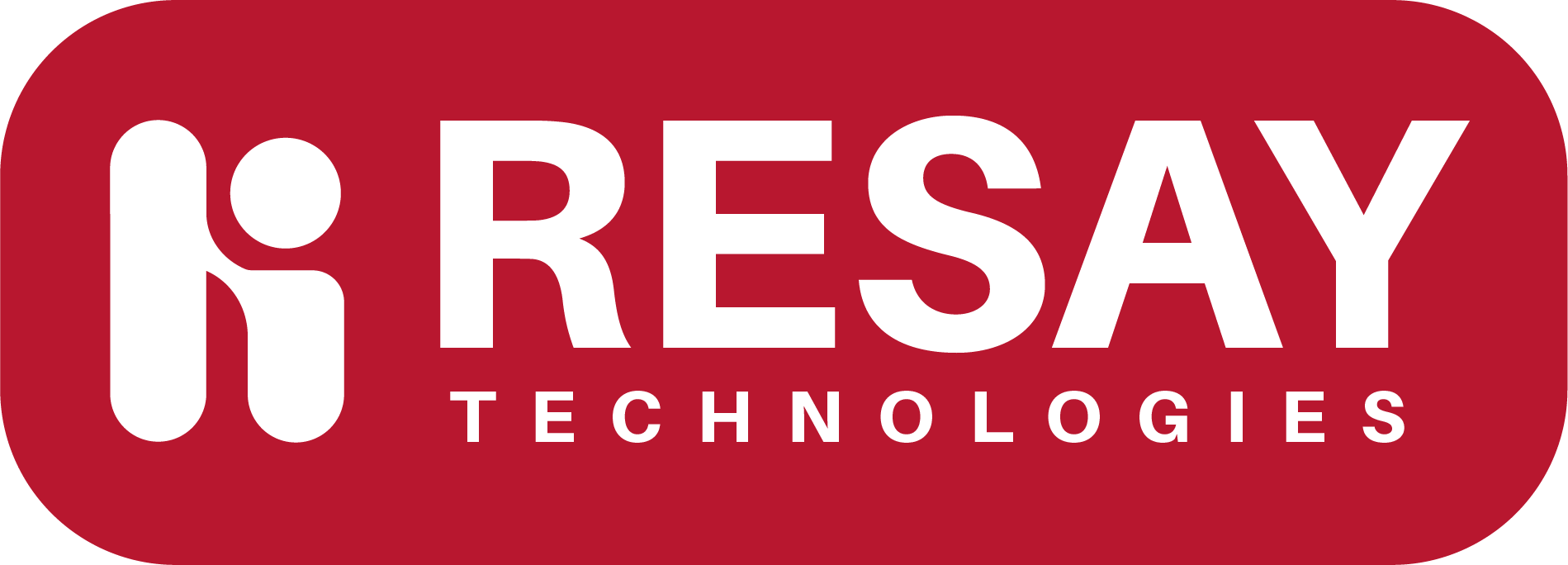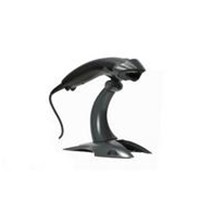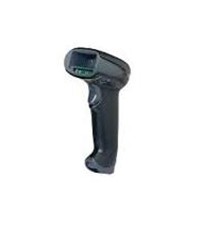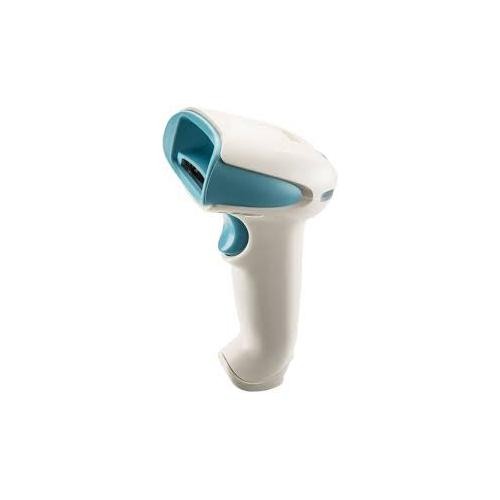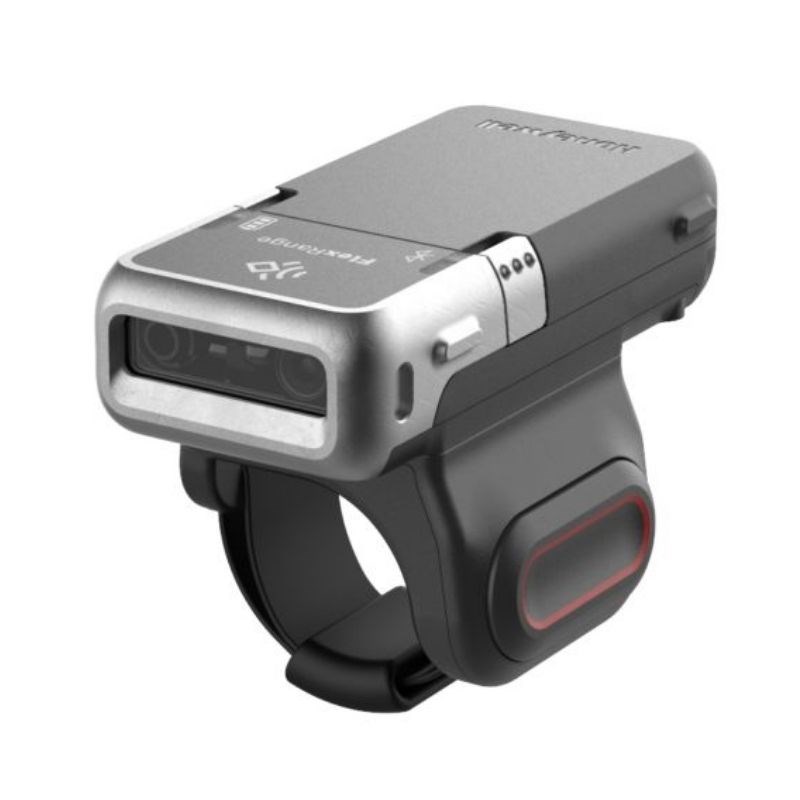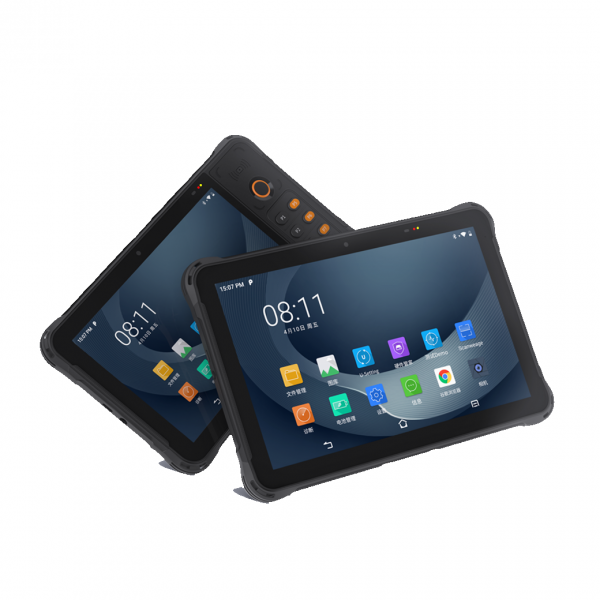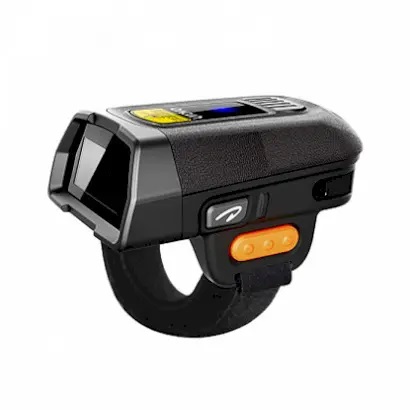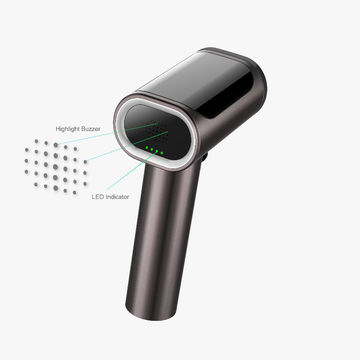Scanners are devices that convert physical documents, images, or objects into digital format. They capture the information present on a physical medium and create a digital representation that can be stored, manipulated, and shared electronically. There are various types of scanners, each designed for specific purposes. Here are some common types of scanners and their applications:
- Flatbed Scanners:
- Description: Flatbed scanners have a flat, glass surface on which the document or image is placed for scanning. A lid covers the document during scanning.
- Applications: Ideal for scanning single or multiple pages, photographs, books, and other flat objects.
- Sheet-fed Scanners:
- Description: Sheet-fed scanner have a document feeder that accepts sheets of paper one at a time for automatic scanning.
- Applications: Suitable for high-volume document scanning, such as multiple-page documents or stacks of business cards.
- Handheld Scanners:
- Description: Handheld scanners are portable devices that are manually moved over the document or object to capture the information.
- Applications: Useful for scanning documents, images, or barcodes on the go, especially in situations where a fixed scanner is impractical.
- Drum Scanner:
- Description: Drum scanners use a rotating drum to capture images. The document is wrapped around the drum during the scanning process.
- Applications: Historically used for high-resolution image scanning, particularly in graphic design and prepress applications.
- Film Scanners (Film or Slide Scanner):
- Description: Film scanner are designed specifically for scanning photographic film or slides, producing high-resolution digital images.
- Applications: Used by photographers and graphic professionals to digitize film negatives and slides.
- 3D Scanner:
- Description: 3D scanner capture the three-dimensional shape and details of physical objects, creating digital models.
- Applications: Used in industries like manufacturing, healthcare, and design for reverse engineering, quality control, and prototyping.
- Document Scanner:
- Description: Document scanner are designed for efficient scanning of large volumes of documents quickly.
- Applications: Commonly used in offices for digitizing paperwork, creating searchable PDFs, and streamlining document management.
- Book Scanner:
- Description: Book scanner are specifically designed to digitize the content of books without causing damage to the spine or binding.
- Applications: Used in libraries, archives, and publishing for digitizing books and other bound materials.
- Barcode Scanner:
- Description: Barcode scanner use laser or image-based technology to read barcodes on products for inventory management and retail applications.
- Applications: Widely used in retail, logistics, and manufacturing for tracking and managing inventory.
- Biometric Scanners:
- Description: Biometric scanner capture and analyze physical or behavioral characteristics for identity verification. Examples include fingerprint scanners and iris scanners.
- Applications: Used for security and access control in various sectors, including law enforcement, finance, and secure facilities.
Scanner play a crucial role in the digitization of information, enabling efficient data storage, retrieval, and sharing. The choice of a scanner depends on the specific needs and applications of the user or organization.
